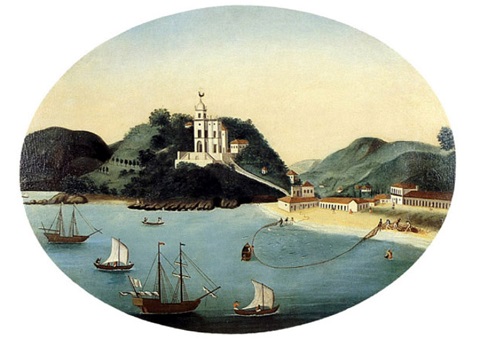Size mattered in early commercial fisheries in Brazil
Mangroves systems along the Brazilian coast have supported human societies since prehistoric times, but the benefits they provide have been increasingly threatened in recent times by overexploitation, habitat degradation, pollution and climate change. Despite their importance, the consequences of these anthropogenic impacts are unknown due to a lack of historical baseline data.

Now, using metric and stable isotope analyses of archaeological fish remains, ICTA-UAB researchers provide new insights on fishing practices before the onset of intensive fishing in the 20th century.
The results of the study, recently published in the Journal of Archaeological Science, show that pre-colonial and early commercial fisheries exploiting mangrove systems differed in many ways, including in the size of their catch.
Pre-colonial subsistence fisheries mainly targeted small and juvenile individuals in nursery areas, while early commercial fisheries from 150 years ago targeted larger adult specimens, likely due to their higher commercial value.
“This indicates that some of the drivers of stock overexploitation and fish decline, as well as contemporary market forces shaping the fishing industry, such as fish species price and size considerations, were already present over 150 years ago,” explains Thiago Fossile, first author of the study.
“In this study, we used otolith metrics and stable isotope analysis to investigate changes in the body length and trophic ecology of several demersal species from pre-colonial (4500 BC to 1500 AD) and historical (late 19th and early 20th centuries) archaeological sites,” says André Colonese, co-author of the study. “Our findings underline the importance of understanding the origin and evolving nature of these anthropogenic stressors by identifying historical turning points and anticipating future drivers of change”.